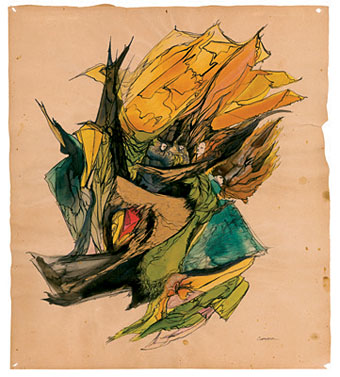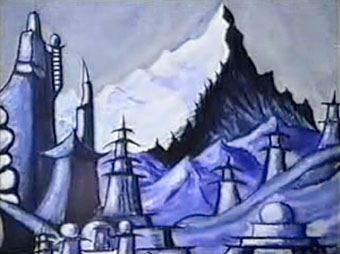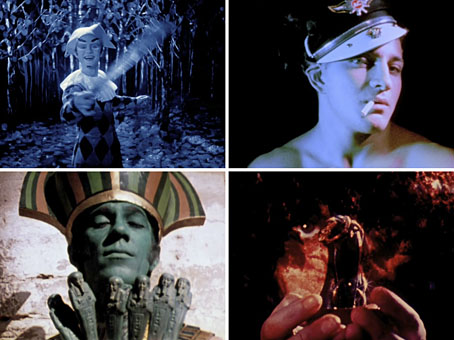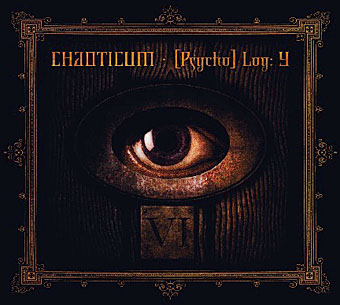
Fairy Queen (1962), ink and dyes on parchment.
A rare exhibition of work by occult artist Cameron, aka Marjorie Cameron Parsons Kimmel, can be seen at the Nicole Klagsbrun Gallery in New York.
Nicole Klagsbrun Gallery is pleased to present an exhibition of work by Cameron (1922–1995), curated by Michael Duncan, George Herms, and Nicole Klagsbrun. The exhibition runs from January 12 until February 10, 2007. An opening reception will be held on Friday, January 12, from 6–8 pm.
This survey is the first solo gallery exhibition of artist, performer, poet, and occult practitioner, Cameron (Marjorie Cameron Parsons Kimmel). A maverick follower of the esoteric mysticism of Aleister Crowley and his philosophical group, the OTO (Ordo Templi Orientis), Cameron was also an accomplished painter and draftsman and mentor to younger artists and poets such as Wallace Berman, George Herms, and David Meltzer. While enlisted in the Navy, she was assigned the tasks of drawing maps and working in a photographic unit, which led to attendance at art classes after being discharged. In Los Angeles, she became the wife and spiritual avatar of scientist and mystical thinker Jack Parsons (1914–1952), one of the founders of the Jet Propulsion Laboratory and an influential leader of the OTO.

The mundane Cameron during the Second World War.
In the early 1950s, Cameron met the fellow LA artist and jazz enthusiast Wallace Berman who was fascinated by her artwork, poetry, and mystical aura. In 1955 Berman used his photograph of Cameron as the cover of his literary and artistic journal Semina and included in the issue a drawing she had made the previous year. The drawing became renowned when the police cited it as ?lewd? and shut down Berman’s 1957 exhibition at Ferus Gallery. After this experience, Cameron, like Berman, refused to show her art in commercial galleries. She remained, however, a crucial figure in the Berman circle. Cameron’s romantic aesthetic and commanding persona prompted filmmaker Curtis Harrington to commemorate her output as a visual artist in The Wormwood Star (1955), a lyrical short film recording the art and atmosphere of her candlelit studio. Filmmaker Kenneth Anger cast her in a leading role opposite Anäis Nin in his film Inauguration of the Pleasure Dome (1954).

The occult Cameron, manifesting as the Scarlet Women for Kenneth Anger.
Despite the grim fatality of much of her writings, Cameron?s artworks portray a fanciful, even wistful lyricism. In the early 1960s she corresponded with Joseph Campbell, citing her interest in his book The Hero with a Thousand Faces, as well as in the fiction of Hermann Hesse and Isak Dinesen. Consumed by myth and the idea of protean growth, Cameron depicted the process of metamorphosis and transformation in hundreds of line drawings where ominous figures and landscapes emerge from uniformly striated, passionately articulated ink marks. Other gouache drawings and paintings depict mythic figures of her own creation engaged in ritualistic, symbolic acts.
For now, her work is barely visible on the web but there’s another small gallery of her pictures here. And just to show how MySpace is seemingly intent on resurrecting everyone who ever lived, Marjorie Cameron, Babalon 156 is in your extended network.
Nicole Klagsbrun Gallery
526 West 26th St, no. 213,
New York.
Via Jay.
Previously on { feuilleton }
• Kenneth Anger on DVD…finally
• Austin Osman Spare








